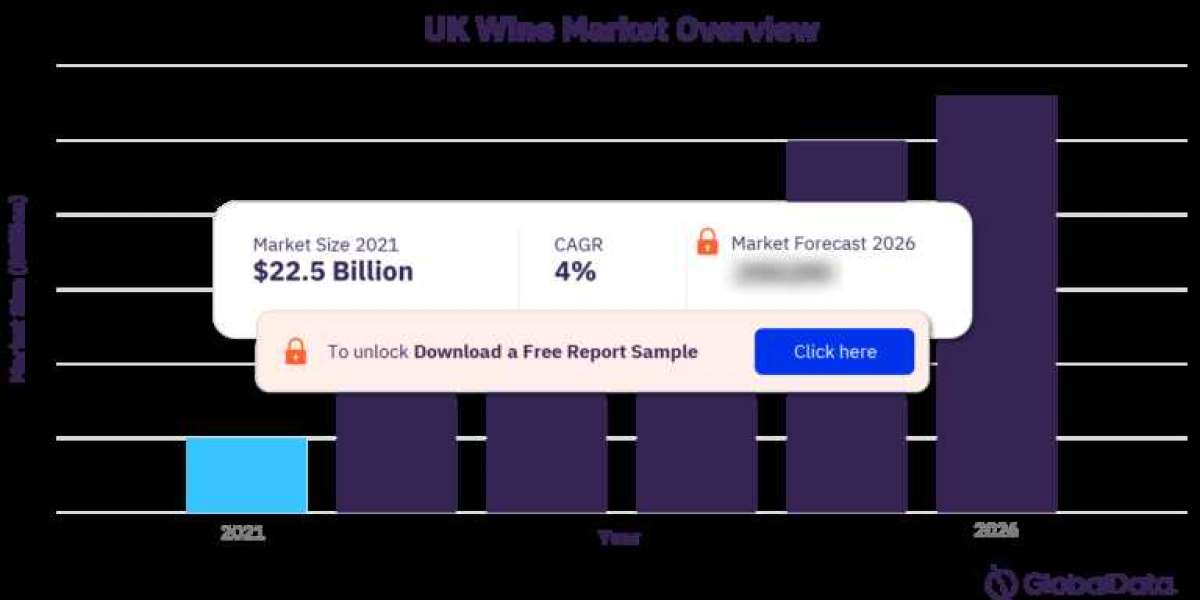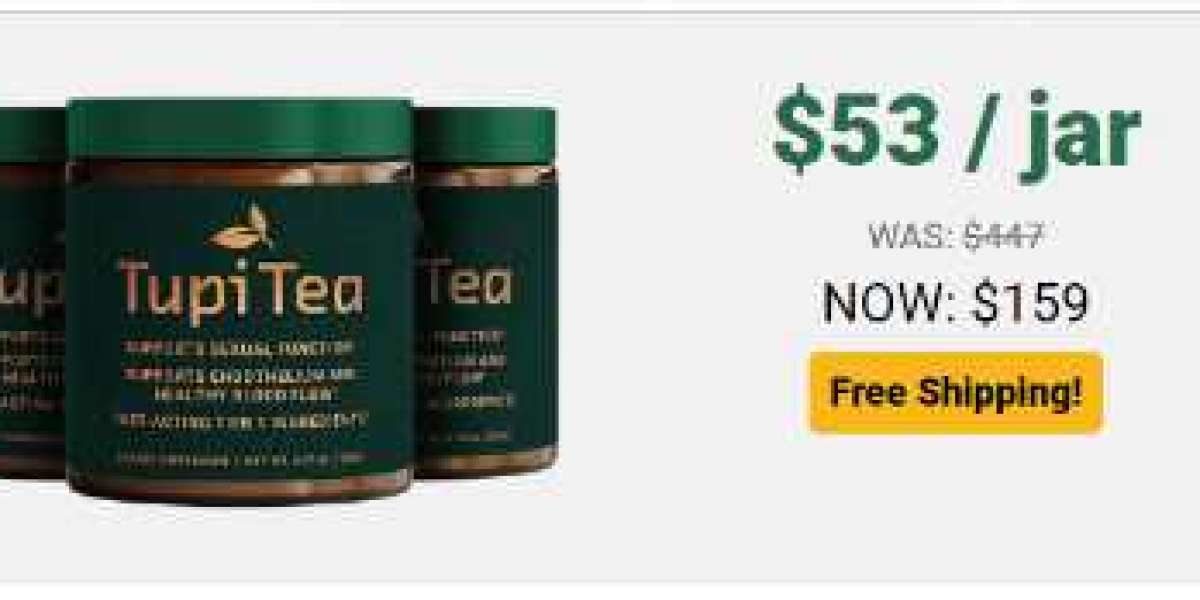The United Kingdom has long been a significant player in the global wine market, with a rich history of wine consumption dating back centuries. In recent years, the UK wine market has undergone significant transformations, influenced by various factors such as economic conditions, shifting consumer preferences, and technological advancements.
A Historical Perspective
The consumption of wine in the UK can be traced back to Roman times when it was introduced to the region. However, it wasn't until the Middle Ages that wine became more widely consumed, particularly among the upper classes. Over the centuries, wine drinking evolved, with the establishment of trade routes bringing a diverse range of wines from around the world to British shores.
The Current Landscape
Today, the UK wine market is a dynamic and diverse landscape, characterized by a wide range of players and brands catering to various consumer tastes. Major retailers, independent wine merchants, and online platforms all compete for market share, offering an extensive selection of wines from both traditional and emerging regions.
Major Players and Brands
Some of the leading players in the UK wine market include supermarkets like Tesco, Sainsbury's, and Waitrose, which have extensive wine offerings catering to different budget ranges and tastes. Additionally, specialty wine retailers and online platforms like Majestic Wine and Naked Wines have gained prominence, offering curated selections and personalized experiences for consumers.
Trends and Consumer Preferences
In recent years, there has been a noticeable shift in consumer preferences towards lighter, more aromatic wines, reflecting changing tastes and lifestyles. Wines from regions such as New Zealand, Argentina, and Italy have seen increased demand, driven by their quality and affordability. Moreover, there is a growing interest in organic, biodynamic, and sustainable wines, as consumers become more conscious of environmental and ethical issues.
Factors Shaping the Market
Several factors influence the dynamics of the UK wine market, ranging from economic conditions to social and cultural trends.
Economic Factors
Economic factors such as inflation, exchange rates, and disposable income levels play a significant role in shaping consumer behavior and purchasing decisions. Economic downturns or fluctuations can impact wine sales, as consumers may cut back on discretionary spending or trade down to lower-priced options.
Social and Cultural Influences
Social and cultural trends, including lifestyle changes, dietary preferences, and demographic shifts, also influence wine consumption patterns. For instance, the rise of health-consciousness has led to increased demand for low-alcohol and organic wines, while the growing diversity of the population has contributed to the popularity of wines from non-traditional regions.
Technological Advancements
Technological advancements have transformed the way wine is produced, marketed, and sold. Online platforms and mobile apps have made it easier for consumers to discover and purchase wines, while data analytics and artificial intelligence are being utilized to personalize recommendations and improve customer experiences.
Challenges and Opportunities
Despite its resilience, the UK wine market faces several challenges, including the impact of Brexit, competition from other alcoholic beverages, and changing consumer behaviors. However, these challenges also present opportunities for growth and innovation.
Brexit Implications
The UK's withdrawal from the European Union has raised concerns about potential disruptions to trade, supply chains, and regulations within the wine industry. Tariffs, customs duties, and logistical challenges could affect the cost and availability of imported wines, prompting businesses to explore alternative sourcing strategies and market opportunities.
Competition from Other Beverages
The UK wine market faces stiff competition from other alcoholic beverages such as beer, spirits, and ready-to-drink cocktails. Changing consumer preferences, particularly among younger demographics, pose a challenge for wine producers and retailers to differentiate their offerings and attract new customers.
Changing Consumer Behaviors
Shifts in consumer behaviors, including the rise of online shopping, the popularity of home entertaining, and the demand for experiential products, are reshaping the wine market. Producers and retailers need to adapt to these changes by enhancing their digital presence, offering unique experiences, and engaging with consumers on social media platforms.
Strategies for Success
To succeed in the competitive UK wine market, businesses must develop effective marketing strategies, optimize distribution channels, and implement pricing tactics that resonate with consumers.
Marketing and Branding Tactics
Building brand awareness and loyalty is crucial for standing out in a crowded market. Effective marketing tactics such as storytelling, influencer partnerships, and experiential events can help create emotional connections with consumers and drive sales.
Distribution Channels
Choosing the right distribution channels is essential for reaching target customers and maximizing sales opportunities. From traditional retail outlets to online platforms and direct-to-consumer models, businesses need to assess the strengths and weaknesses of each channel and tailor their approach accordingly.
Pricing Strategies
Price plays a significant role in purchasing decisions, with consumers often seeking value for money without compromising on quality. Implementing competitive pricing strategies, offering promotions and discounts, and providing transparent pricing information can help businesses attract and retain customers in a competitive market.
Future Outlook
Looking ahead, the UK wine market is poised for continued growth and evolution, driven by changing consumer preferences, technological advancements, and market dynamics. While challenges remain, such as regulatory uncertainties and economic volatility, opportunities abound for businesses that can adapt and innovate in response to shifting trends and demands.
Conclusion
In conclusion, the UK wine market is a vibrant and dynamic industry that continues to evolve in response to various internal and external factors. From historical traditions to modern innovations, the market offers a diverse range of opportunities for producers, retailers, and consumers alike. By understanding the trends, challenges, and opportunities shaping the market, businesses can position themselves for success and thrive in an ever-changing landscape.
For more insights on this UK wine market report, download a free report sample








